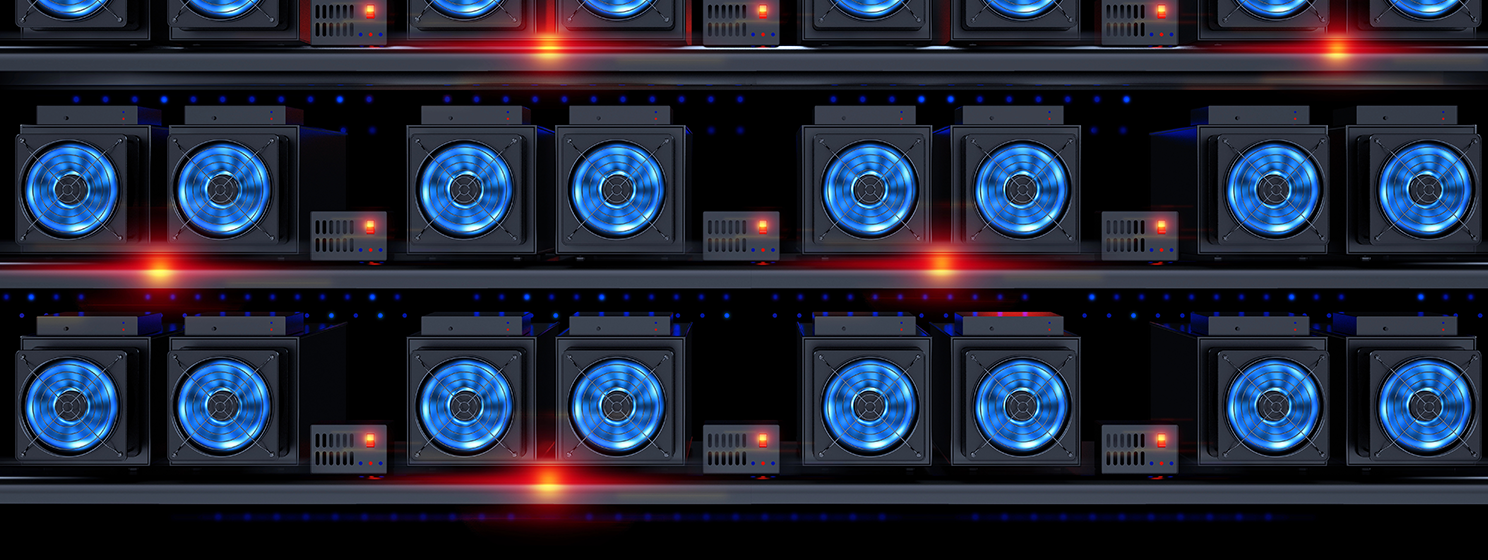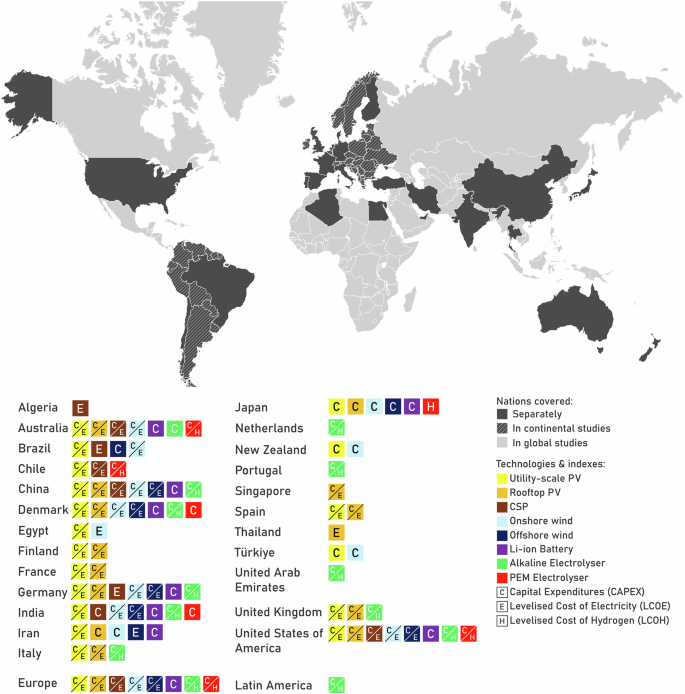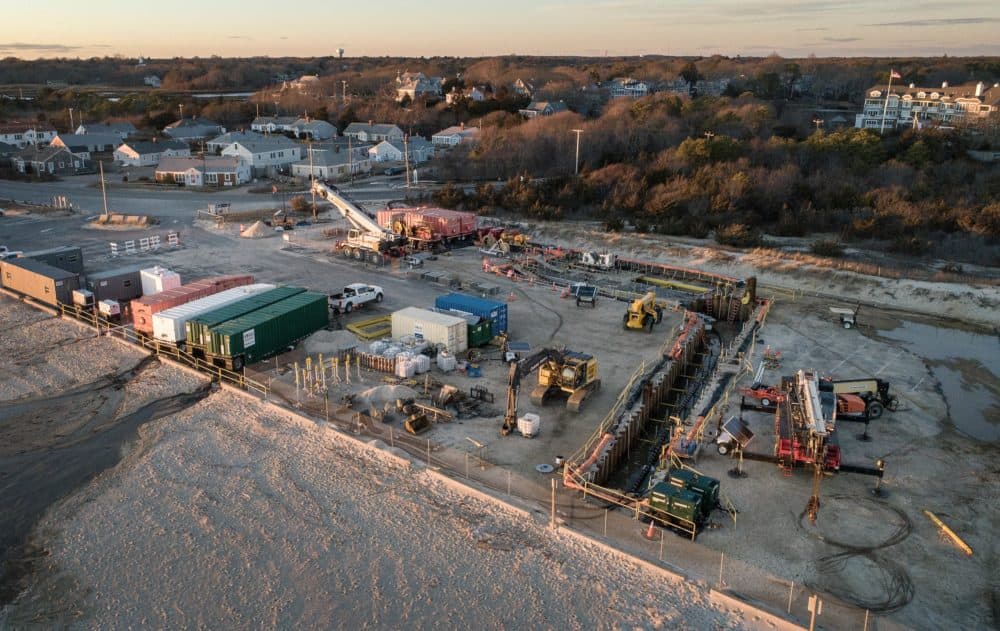Report on Mission 300: Advancing Sustainable Development Goals Through Energy Access in Africa
Introduction: Aligning with SDG 7
Mission 300 is a collaborative initiative between the World Bank Group and the African Development Bank (AfDB) aimed at achieving a critical component of Sustainable Development Goal 7 (Affordable and Clean Energy). The mission’s primary objective is to provide electricity access to 300 million people in Africa by 2030. This target is divided between the partners, with the World Bank Group responsible for connecting 250 million people and the AfDB for the remaining 50 million. The initiative focuses on building an equitable and resilient energy future by connecting rural and underserved populations through distributed renewable energy (DRE) solutions and modernizing national grids, thereby supporting innovation and large-scale job creation in alignment with multiple SDGs.
Progress and Performance Metrics
Initial progress demonstrates significant momentum towards the 2030 targets. The initiative’s performance contributes directly to several SDGs, including SDG 1 (No Poverty), SDG 8 (Decent Work and Economic Growth), and SDG 10 (Reduced Inequalities).
Current Achievements
- Beneficiaries Connected: 32 million people have gained access to electricity.
- Project Pipeline: Active projects are in place to connect an additional 157 million people.
- Operational Scale: Approximately 85 projects are being implemented across 40 countries.
- Implementation Efficiency: The connection rate has accelerated, now 1.5 times faster than in previous years.
Financial Mobilization for SDG 17
The mission exemplifies SDG 17 (Partnerships for the Goals) by mobilizing significant capital from diverse sources.
- World Bank Commitment: $8.5 billion has been committed across World Bank operations.
- Co-financing: An additional $1.2 billion has been secured in co-financing from governments, Development Finance Institutions (DFIs), and private investors.
Transparency and Accountability: The Mission 300 Progress Portal
To ensure transparency, the Mission 300 Progress Portal has been launched. This tool allows stakeholders, including governments, partners, and civil society, to monitor progress quarterly. Key trackable metrics include:
- Total and projected annual connections.
- Project-level results benchmarked against forecasts.
- Detailed financing commitments from all partners.
Strategic Pillars for SDG Achievement
To maintain momentum and ensure the successful attainment of its goals, the mission is focused on four strategic areas that enhance its contribution to SDG 7, SDG 9 (Industry, Innovation, and Infrastructure), and SDG 13 (Climate Action).
- Regional Approach: Cross-border collaboration is utilized to achieve economies of scale and reduce costs. Key programs include:
- ASCENT (Accelerating Sustainable and Clean Energy Access Transformation): Aims to provide electricity to 100 million people in 20 East and Southern African countries.
- DARES (Distributed Access through Renewable Energy Scale-up): Focuses on providing access to millions in Western and Central Africa, including 17.5 million people in Nigeria.
- Fast-Tracking Approvals: Streamlining project approval processes to accelerate implementation. For example, standardized designs for ASCENT sub-projects in Ethiopia and Zambia will connect over 7 million people more rapidly.
- Scaling Distributed Renewable Energy (DRE): Prioritizing DRE solutions like off-grid solar to reach remote populations faster than traditional grid expansion. A $50 million financing agreement under the ASCENT program will expand DRE solutions to 2 million people within the next year.
- Mobilizing Financing: Actively seeking further public and private investment. The Zafiri equity vehicle, established by IFC, AfDB, and the Rockefeller Foundation, invests in DRE companies to mitigate risk for commercial investors and ensure affordability.
Broader Impact on Sustainable Development
The impact of Mission 300 extends beyond SDG 7, acting as a catalyst for progress across the 2030 Agenda. Access to reliable electricity is a foundational requirement for sustainable development.
- SDG 3 (Good Health and Well-being): Enables clinics and healthcare facilities to operate essential medical equipment.
- SDG 4 (Quality Education): Allows students to study after dark, improving educational outcomes.
- SDG 8 (Decent Work and Economic Growth): Empowers businesses to expand operations, innovate, and create employment opportunities.
By providing reliable power, Mission 300 addresses fundamental development challenges, ensuring that progress in other critical sectors is not impeded by a lack of energy access.
Analysis of Sustainable Development Goals (SDGs) in the Article
1. Which SDGs are addressed or connected to the issues highlighted in the article?
The article on “Mission 300” directly addresses and connects to several Sustainable Development Goals (SDGs) through its focus on expanding electricity access in Africa. The most relevant SDGs are:
- SDG 7: Affordable and Clean Energy: This is the central theme of the article. The entire “Mission 300” initiative is designed to provide electricity to 300 million people, focusing on affordability, reliability, and the use of modern, clean energy solutions like distributed renewable energy.
- SDG 8: Decent Work and Economic Growth: The article explicitly links energy access to economic opportunities. It states that with electricity, “businesses can grow,” which supports “innovation, enterprise, and large-scale job creation.” This directly relates to fostering economic growth and creating better jobs.
- SDG 17: Partnerships for the Goals: The article highlights the collaborative nature of Mission 300. It details a partnership between the World Bank Group and the African Development Bank (AfDB). It also mentions mobilizing co-financing from governments, Development Finance Institutions (DFIs), and private investors, as well as the creation of National Energy Compacts by African countries, all of which are examples of multi-stakeholder partnerships to achieve a common goal.
- SDG 1: No Poverty: While not the primary focus, providing energy access is a fundamental step in poverty alleviation. The article implies this connection by stating that electricity creates “new opportunities,” which is a key factor in lifting people out of poverty.
- SDG 3: Good Health and Well-being: The article mentions that with reliable power, “clinics can run equipment,” directly linking electricity access to the improvement of healthcare services and infrastructure.
- SDG 4: Quality Education: The connection to education is made clear when the article states that electricity means “students can study after dark” and “schools can keep the lights on.”
2. What specific targets under those SDGs can be identified based on the article’s content?
Based on the article’s content, several specific SDG targets can be identified:
-
Target 7.1: By 2030, ensure universal access to affordable, reliable and modern energy services.
- The article’s core goal of “connecting 300 million people to electricity by 2030” is a direct contribution to this target. The mission aims to provide access to modern energy (electricity) for a significant population.
-
Target 7.2: By 2030, increase substantially the share of renewable energy in the global energy mix.
- The article emphasizes “connecting rural and underserved populations to electricity through distributed renewable energy solutions” and mentions scaling up “off-grid solar” and “solar home systems.” This shows a clear focus on increasing the share of renewable energy.
-
Target 17.3: Mobilize additional financial resources for developing countries from multiple sources.
- The article details the financing structure, mentioning “$8.5 billion already committed across World Bank operations with $1.2 billion in co-financing from governments, DFIs, and private investors.” This is a direct example of mobilizing funds from various sources.
-
Target 17.17: Encourage and promote effective public, public-private and civil society partnerships.
- The collaboration between the World Bank, the African Development Bank (AfDB), national governments launching “National Energy Compacts,” and private investors through vehicles like Zafiri perfectly illustrates the multi-stakeholder partnerships this target promotes.
3. Are there any indicators mentioned or implied in the article that can be used to measure progress towards the identified targets?
Yes, the article mentions and implies several indicators that can be used to measure progress:
- Indicator related to Target 7.1.1 (Proportion of population with access to electricity): The article provides concrete numbers that serve as a direct measure for this indicator. It states, “32 million people connected so far” and has a clear goal of “connecting 300 million people.” The “Mission 300 Progress Portal” is designed specifically to track “how many people have been connected so far.”
- Indicator related to Target 17.3.1 (Additional financial resources mobilized for developing countries from multiple sources): The article quantifies the financial commitments, stating “$8.5 billion already committed across World Bank operations with $1.2 billion in co-financing.” This figure is a direct indicator of mobilized financial resources.
- Indicator related to Target 7.2.1 (Renewable energy share in the total final energy consumption): While the article does not provide a specific percentage, it strongly implies the importance of this indicator by repeatedly mentioning the strategy of using “distributed renewable energy solutions,” “off-grid solar,” and “solar home systems” to achieve its goals. The progress of projects like ASCENT and DARES, which focus on renewables, would be a measure of this.
4. Summary Table of SDGs, Targets, and Indicators
| SDGs, Targets and Indicators | Corresponding Targets | Specific Indicators Identified in the Article |
|---|---|---|
| SDG 7: Affordable and Clean Energy | Target 7.1: By 2030, ensure universal access to affordable, reliable and modern energy services. | The number of people connected to electricity (“32 million people connected so far,” with a goal of 300 million). This aligns with official indicator 7.1.1. |
| SDG 7: Affordable and Clean Energy | Target 7.2: By 2030, increase substantially the share of renewable energy in the global energy mix. | The implementation of projects using “distributed renewable energy solutions,” “off-grid solar,” and “solar home systems.” This implies progress toward indicator 7.2.1. |
| SDG 17: Partnerships for the Goals | Target 17.3: Mobilize additional financial resources for developing countries from multiple sources. | The amount of financing committed: “$8.5 billion already committed across World Bank operations with $1.2 billion in co-financing.” This aligns with indicator 17.3.1. |
| SDG 17: Partnerships for the Goals | Target 17.17: Encourage and promote effective public, public-private and civil society partnerships. | The existence of the partnership between the World Bank, AfDB, national governments (through National Energy Compacts), and private investors. |
| SDG 8: Decent Work and Economic Growth | Target 8.2: Achieve higher levels of economic productivity through diversification, technological upgrading and innovation. | The article mentions that electricity access allows “businesses to grow” and supports “innovation, enterprise, and large-scale job creation.” |
Source: blogs.worldbank.org







